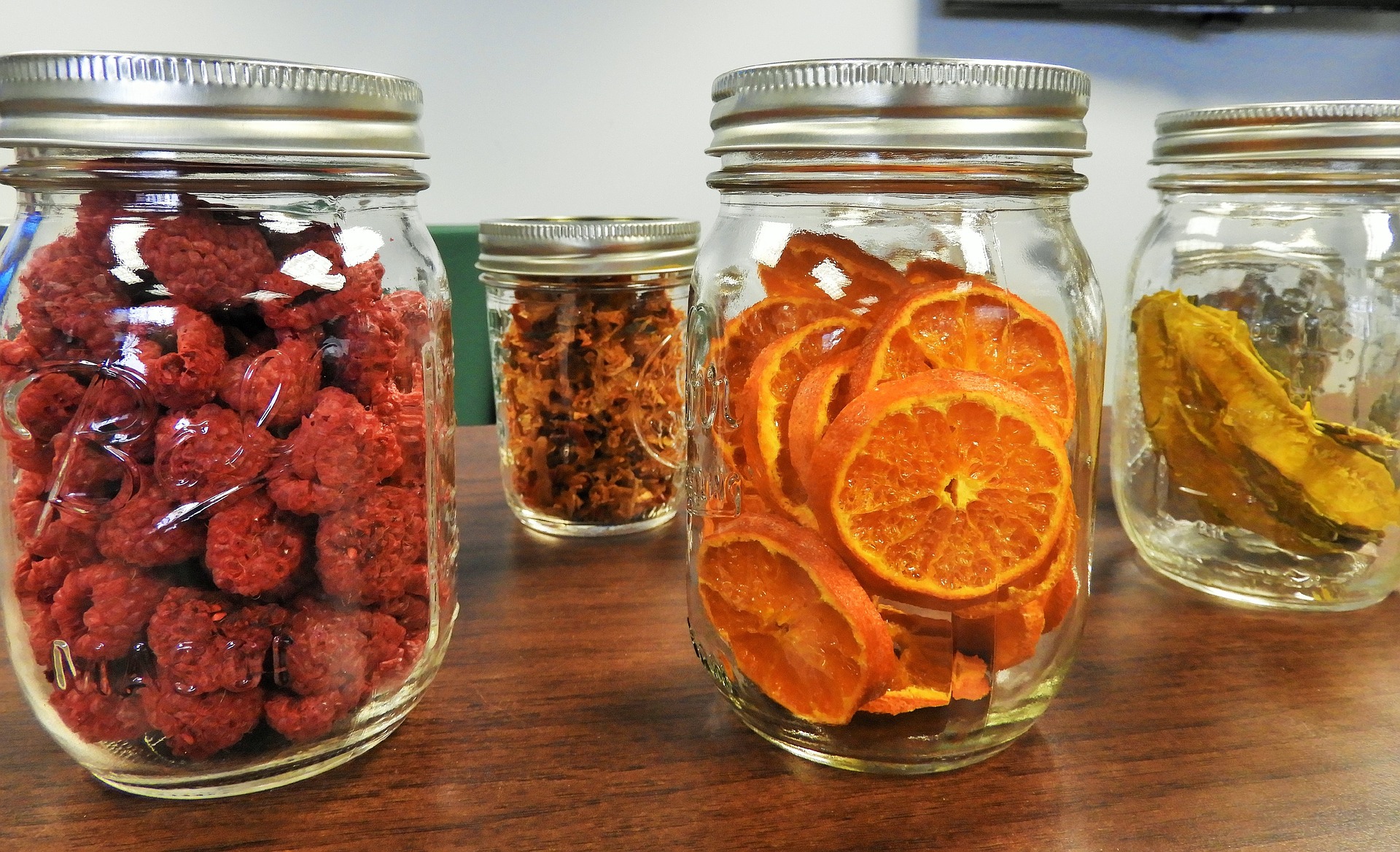Listeners:
Top listeners:
-
play_arrow
CRUSADE Channel Previews CRUSADE Preview-Call 844-527-8723 To Subscribe
The recent hurricanes and flooding leads me to re-post this article from a few years ago on food preparation.
Food, we all love it, myself especially. Let us take a moment, if you are reading this in the United States, to remind ourselves that we are truly fortunate to live in a country where so much food is so readily available. That being said, we are in are one crisis away from being in a total state of disarray. One only has to look to the situation in Venezuela to see how perilous our fragile our state of being is.
According to Dr. Alan D. Liberson responds to the question “How long can a person survive without food?” with the following:
“The duration of survival without food is greatly influenced by factors such as body weight, genetic variation, other health considerations and, most importantly, the presence or absence of dehydration.”
Most doctors and nutritionist state that the average person can live about 4 to 6 weeks without food, but the answer actually depends on the person’s body, state of mind, willpower, body weigh and activity level.
When we look at storing food, we have to take into account how calories we should consumer. Not because we are trying to look good for summer season but because calories=energy. For example a male ages 19-30 (you can check for you own needs here):
Sedentary: Moderately Active: Active:
2,400 a day 2,600-2,800 3,000
So you need to be prepared to at least consume 2,000 calories a day in a disaster situation.
Another requirement you should consider is protein, which is, simply put they are one of the building blocks of body tissue, and can also serve as a fuel source. More protein in food can help you feel fuller, leading you to consumer less of your supply.
For an adult males need 56 grams a day. (check you needs here)
Now how do we prepare for this? Let us look at what ready.gov gives you as a guideline:
“Consider the following things when putting together your emergency food supplies:
- Store at least a three-day supply of non-perishable food.
- Choose foods your family will eat.
- Remember any special dietary needs.
- Avoid foods that will make you thirsty.
- Choose salt-free crackers, whole grain cereals and canned foods with high liquid content.”
Let’s go through this, point by point:
- Store at least a three days supply of non-perishable food.
- What is a good non-perishable food: Canned goods are what usually comes to mind. While this is good for a short term solution, most are good for one year (on average, some will last less than that, some will stay fresh a few months longer than a year). If you are willing to change out your supply then this is a fine option, consider the following:
- Beans: i.e. Bush’s Beans: 170 calories a serving and 6g of protein. Very inexpensive to obtain, but need to cycled out yearly.
- Spam: Yes, Spam. Serving temperature is hot or cold, 310 calories a serving and 13g of protein.
- Lentils: Lentils are high in protein and fiber and low in fat, which makes them a healthy substitute for meat. They’re also packed with folate, iron, phosphorus, potassium and fiber. Also they can be stored for an infinite amount of time. (These are a personal favorite of mine) 230 calories per serving, 18g of protein.
- Canned Vegetables: Many different combinations, you would have to check the individual cans, but here is an example: 80 calories per serving, 4g of protein. As you can see, they are not a great foundation for your food prep, but they are great to have to break up the monotony.
- Go to your local Walmart, Cabela’s, or Camping store and walk up and down the isle that has food. You will be shocked at the choices you will have. Especially check out these manufacturers:
- Mountain House Freeze Dry Food: They have it all, breakfast, lunch and dinner. They also have different buying options, from Pouch, Can Packs and Kits. For example for breakfast:
- Freeze Dried Granola: 250 calories and 8g of protein w/ up to 25+ years of shelf life. You also get 20 servings out of one of the #10 cans. Excellent product (my personally favorite)
- For entrees:
- Noodles and Chicken: 220 calories and 10g of protein w/ up to 25+ years. You get 12 servings out of the #10 cans.
- Mountain House Freeze Dry Food: They have it all, breakfast, lunch and dinner. They also have different buying options, from Pouch, Can Packs and Kits. For example for breakfast:
- What is a good non-perishable food: Canned goods are what usually comes to mind. While this is good for a short term solution, most are good for one year (on average, some will last less than that, some will stay fresh a few months longer than a year). If you are willing to change out your supply then this is a fine option, consider the following:
There also choices from AlpineAire, Wise Company as well. It is all about what you prefer, so find something you feel works with skill set and situation and stock up. Ready.gov says find foods your family will eat, but I will say this, if you haven’t eaten for 2 days, are you really not going eat what is put in front of you? Remember you are looking for sustenance, not gourmet. The rest of the information they provide is case by case, so use your best judgement (needless to say, a large containers of cheese puffs is not what you want to be counting to keep you alive.)
Here is some additional tips:
- Look for ease of cooking, if you can find foods that can be served with as little water as possible, that is good. If you can find food that can be served with cold water, that is even better.
- If you want to get MRE’s by all means go ahead, but you will be scraping the bottom of the barrel (If you want them for a last ditch source, then that makes sense) but by no means should this be you first source of food.
Government’s first job when a disaster is to restore services to the community at large, not the individual. You have to be prepared to support yourself for as long as possible. Ready.gov says three days, I would recommend doubling that. Remember, 2=1 and 1=0.
Good Luck and Good Hunting.
Written by: LoneRhody
Similar posts
SEARCH
NOW PLAYING
Upcoming shows

ParrotTalk With Mike Parrott – Rebroadcast
WEEKDAYS 9:00-10:00PM
8:00 pm - 9:00 pm
The Mid-Day Show – Rebroadcast
WEEKDAYS 9:00 - 10:00PM
9:00 pm - 10:00 pm
Art Bell Classics
11:00 pm - 11:59 pm
SIGNUP FOR DAILY PROGRAMMING UPDATES
Copyright BlackHat Studios dba The CRUSADE Channel, All Rights Reserved





Post comments (0)